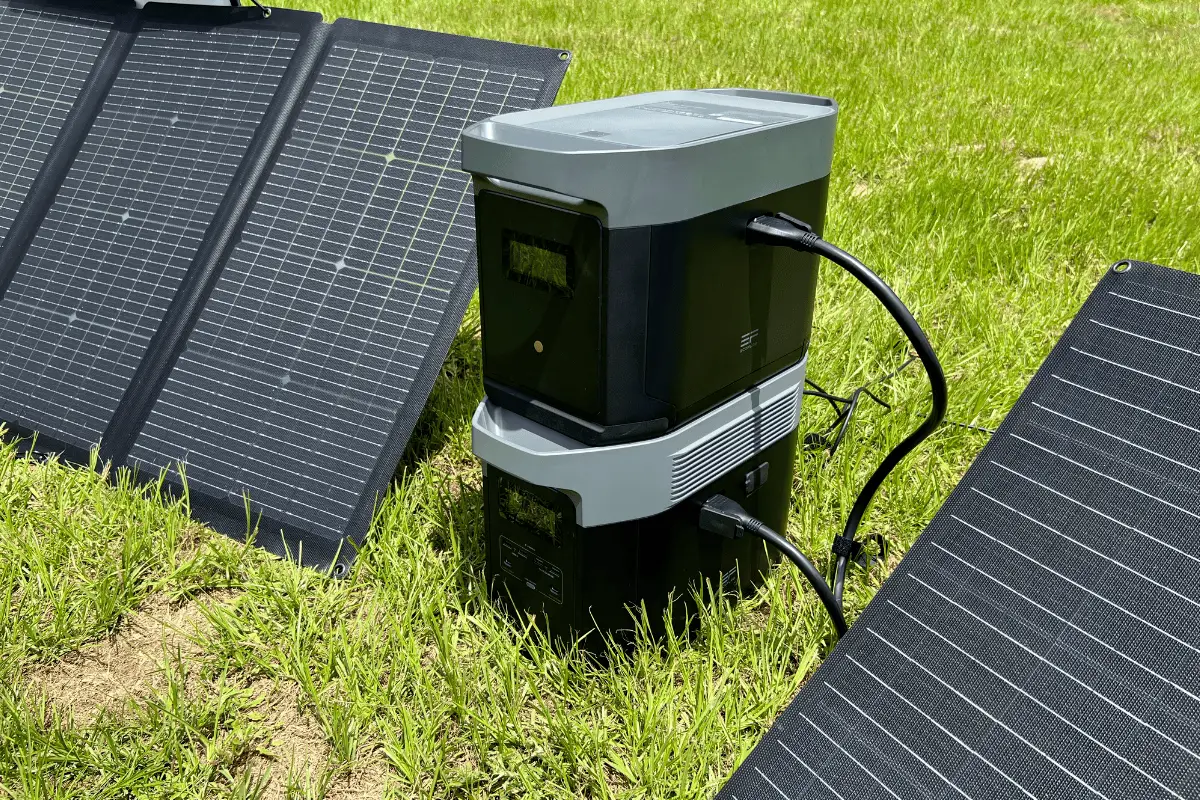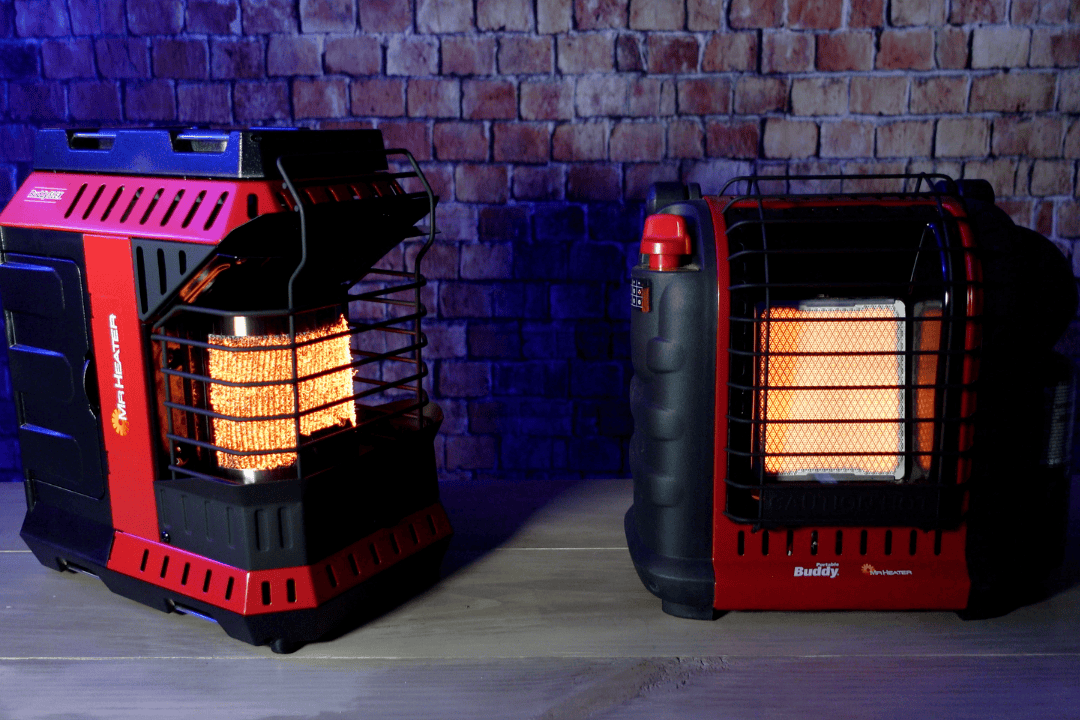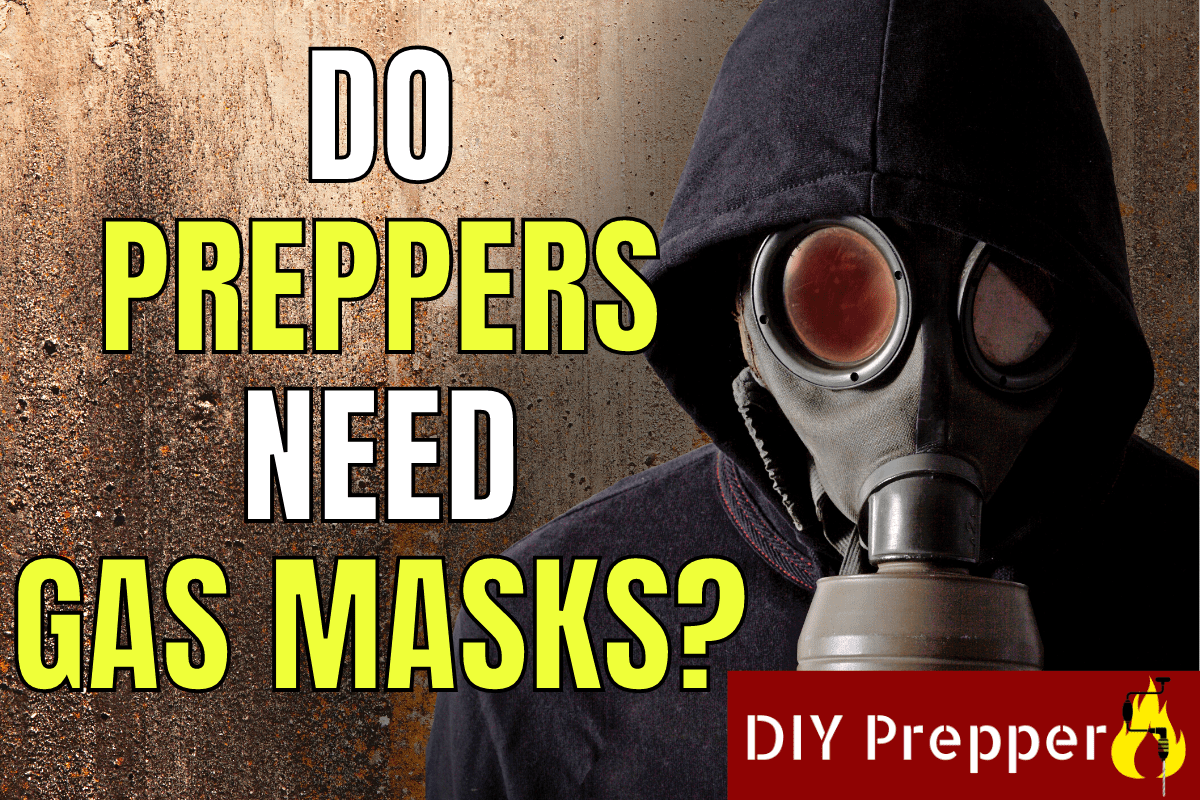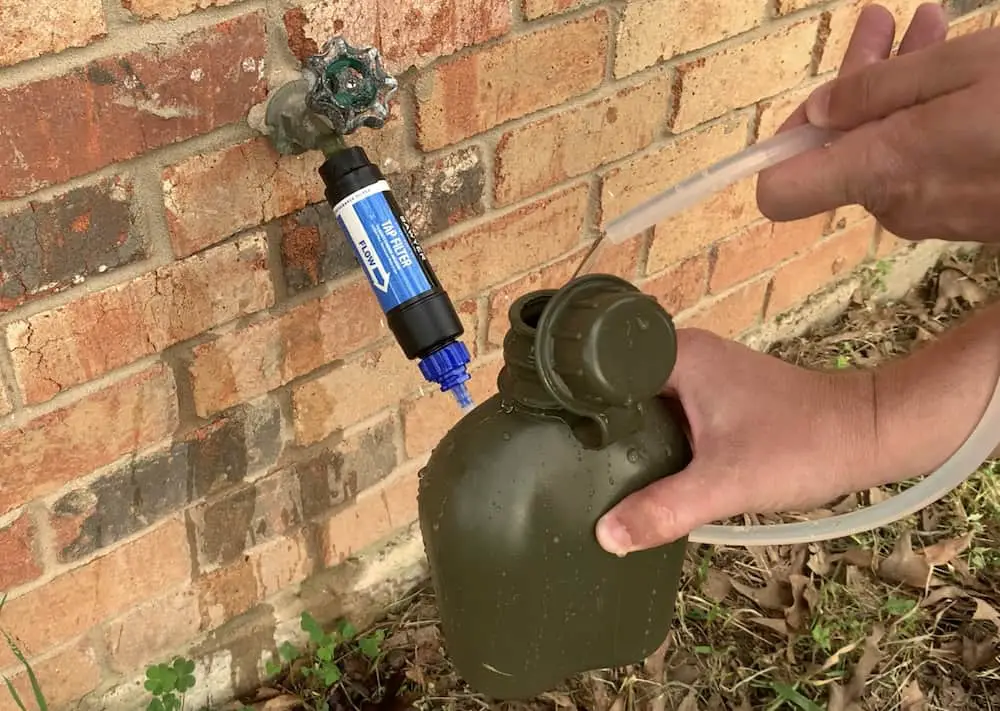Recommended Energy and Technology Preps

As a prepper, I’ve used a lot of technology designed for emergency preparedness, hunting, and camping. This article shows the specific products that my family uses.
*IMPORTANT: Go ahead and assume that any link in this article is an affiliate link. That means I’ll receive a small commission if you buy anything on that website. Also, I have received some of these items (solar generators) from the manufacturer. That being said, my recommendations are honest and based on my real experiences.
Solar Generators
Small Solar Generator: While you won’t be able to power large appliances like a refrigerator, small power stations like the Ecoflow River 2 are perfect for keeping small devices running. These can include USB-rechargeable flashlights and radios, and you can use them to recharge NiMH AA, AAA, and D-cell rechargeable batteries.
Medium to Large Solar Generators: These have a capacity of 1-2 kWh* and can power all of your small devices, along with your appliances, on a limited basis. How long you can keep things like refrigerators and box freezers running will depend on the capacity of your power station and how efficient your appliances are. However, using an Ecoflow Delta 2 Max with one extra battery (4 kWh), I can keep my refrigerator and box freezer running for 18 hours.
*Many solar generators of this size are expandable. For example, the Delta 2 Max has a capacity of 2 kWh, but you can add up to two additional batteries, giving you an overall capacity of 6 kWh.
Whole-Home Options: If you want something huge, the Ecoflow Delta Pro Ultra is what I have. In its most basic form, it has a capacity of 6 kWh but that can be expanded into a full system with up to 90 kWh. It will power any appliance in your home, including your central air conditioner. The Delta Pro Ultra can also be integrated with roof-mounted solar panels, making it a sustainable whole-home power solution.
Fuel-Based Generators
Dual-Fuel Generator: The Champion Dual Fuel 3800 can run on gasoline or propane. It provides up to 3800 running watts and 4750 surge watts, which is plenty of power to run multiple appliances in my home. Then, since it’s not too large, it won’t use more fuel than necessary.
You can also find tri-fuel generators that run on gasoline, propane, and natural gas, which will give you even more versatility.
Energy Storage Preps
Rechargeable Batteries: While many high-end flashlights, radios, and other electronics use proprietary rechargeable batteries, most of us still have devices that use traditional alkaline batteries. A starter kit like this one by Eneloop will come with some rechargeable NiMH AAs and AAAs that you can use in those, along with a charger. For D cells, these are by Amazon Basics and have worked very well for me.
USB Battery Bank: These are perfect for portable energy to keep cell phones, flashlights, and other USB devices running. I have been using this one by Anker for a couple of years, and I recommend it to my friends when they ask me which one they should get.
Climate Control

Battery-Operated Fan: This fan uses traditional D-cell batteries and can last several hours. It also includes an AC adapter that can be used with a solar generator or for everyday use.
Propane Space Heater: The Portable Buddy Heater by Mr. Heater is an absolute must for winter power outages. It runs on 1-pound propane bottles but can be connected to larger cylinders using an adapter hose.
Lighting
EDC (Everyday Carry) Flashlight: I’ve carried the Olight Warrior Mini 2 for a couple of years. It’s bright and has a decent throw and battery life. My only complaint is that its tail cap switch can be unreliable.
Secondary Flashlights: Everyone in your family should have a good-quality EDC light. However, it’s also a good idea to have cheaper flashlights in different areas of your home. A multipack like this one will give you several that you can place in drawers, survival kits, or in your car.
Headlamps: The purpose of a headlamp is to allow you to have light directed where you need it while keeping your hands free. A bright headlamp like this Olight Perun 2 is what I use to go to and from the deer stand. It will almost turn night into day. Then, smaller, less expensive headlamps like this one by Energizer are a good choice if you need a work light.
LED Lanterns: I also like to have a couple of good-quality LED lanterns and several cheaper ones. The Streamlight Siege and Ecoflow Camping Lamp are both bright and reliable. The Siege uses regular D-cell batteries while the Ecoflow Lamp is rechargeable. A less expensive multipack like this one by Eveready will allow you to illuminate more rooms without selling a kidney.
Candle Lantern: If you want a non-electric lighting method candle lanterns are an excellent option. Larger ones like the UCO Candlelier have multiple candles and produce a similar amount of light as a hurricane lantern. However, unlike a hurricane lantern, candles don’t produce strong fumes. Candle lanterns also enclose the flame, which makes them a little safer than candles out in the open.
Safety
Fire Extinguisher: ABC fire extinguishers like this one by Amerex will put out fires caused by ordinary combustibles, flammable liquids, and those caused by electrical equipment.
Carbon Monoxide Alarm: Anything with an open flame can produce carbon monoxide. A battery-operated carbon monoxide alarm could be a lifesaver.
Smoke Alarm: Fires are a major problem during power outages. Many people use lighting and cooking methods they aren’t familiar with and accidents are common. Having a battery-operated smoke alarm in each bedroom and other important locations will ensure that you and your family know if you need to evacuate your home.
Communication
Emergency Radio: The Midland ER310 is my family’s choice for an emergency radio. It can pick up AM, FM, and NOAA weather frequencies and has several other useful features. It includes a rechargeable Li-Ion battery that can be recharged using its hand crank or mini solar panel. If the Li-Ion battery stops working, you can power the radio using AA batteries.
2-Way Walkie-Talkies: While these won’t allow you to communicate over long distances, they are useful for communicating with group members or neighbors.
HAM Radio: These come in different sizes and capability levels. However, something like this Baofeng GT-5R will allow you to pick up transmissions in your local area and communicate over short distances. *Note: You need a license to transmit using a HAM radio while society is up and running.
Device Storage
Faraday Bags: If you’re concerned about an EMP (electromagnetic pulse) Faraday bags are your best bet for protecting small electronics. These by Mission Darkness do an excellent job of blocking signals. *Note: You can protect larger devices using a home-made Faraday cage. You can see how to do that on my YouTube channel by clicking here.
Battery Organizer: The Battery Daddy is an excellent option for battery storage. It can hold several AAs, AAAs, and even larger D-cells. You can use ammo boxes for this purpose as well.




